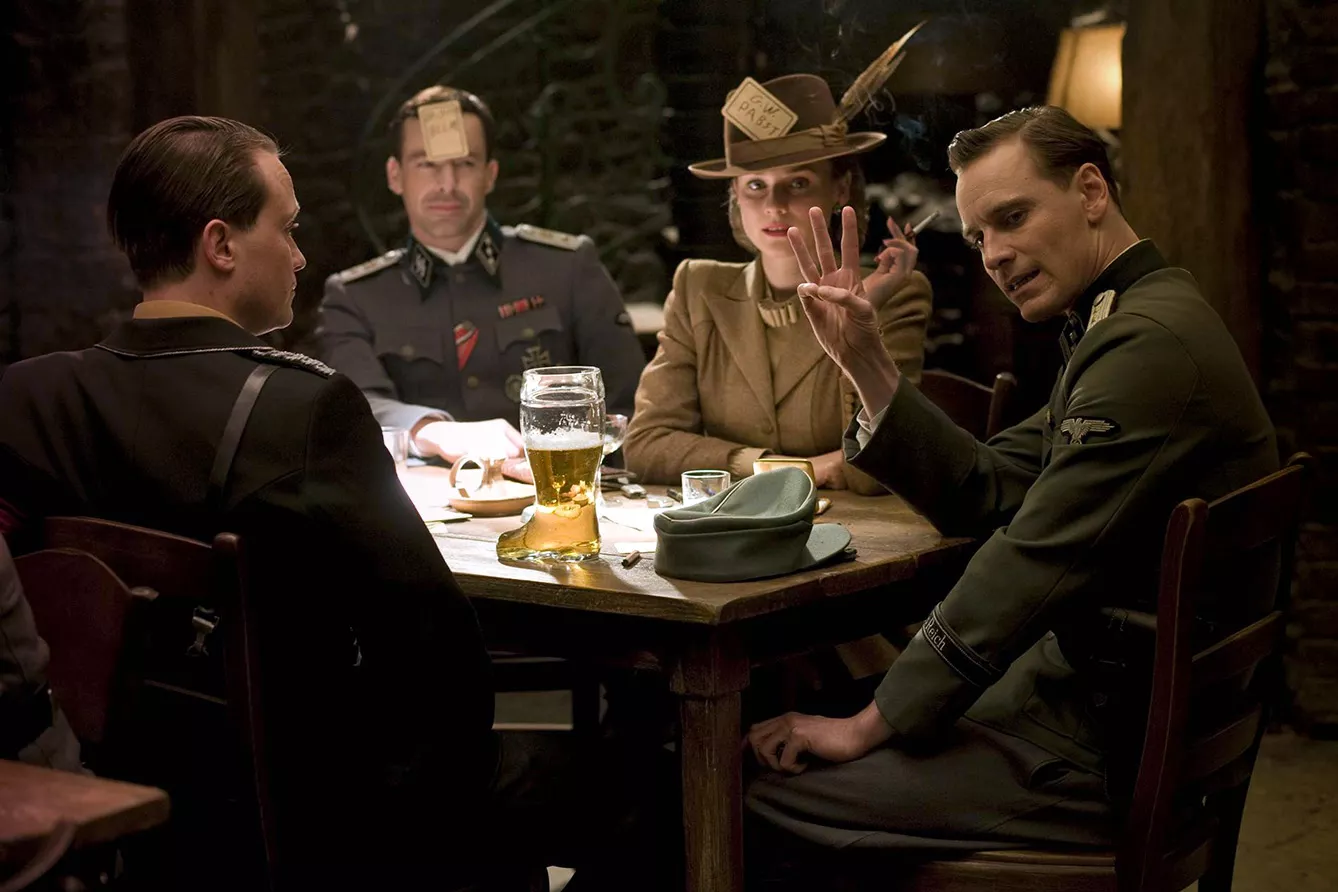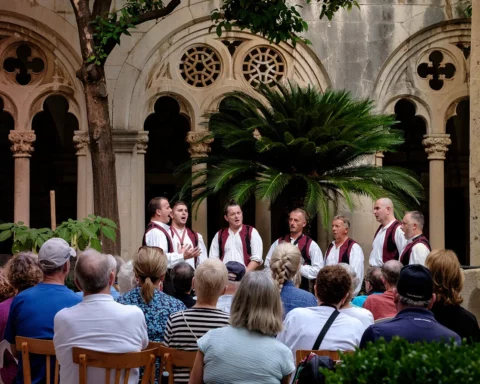Europe, especially Central and Eastern Europe, is a land that has been torn by numerous conflicts and wars. Over the centuries, history has left marks on the culture and customs of each population. Admittedly, sometimes these are observed as something you “should not do or say” out of politeness but with hazy or forgotten origins.
Gestures best avoided in Central Europe
It would also be true to say that today, with globalization making the world seem like a smaller place, customs, especially in larger agglomerations, are leaking into each other, and the present-day younger generations can sometimes also be surprised at the behavior of their elders. Still, they do constitute a part of local identity and, as such, are good to know. We have picked three historically loaded faux pas from Hungary, Croatia, and Slovakia, which are best to avoid.
In the next few paragraphs, we’ll give you some advice on popular worldwide gestures best avoided in Central Europe, as they may be offensive, misunderstood, or for some other reasons forbidden. They include:
-
- Clinking glasses while toasting in Hungary,
-
- Showing a certain three fingers in Croatia,
-
- Using the word Czechoslovakia in contemporary context in Czechia and Slovakia.
Toast in Hungary without the clink
When raising your goodness-filled glasses in Hungary, it is not common (anymore) in this country to clink your glasses while making a toast. The custom (or rather the lack thereof) is connected with the times of the Austro-Hungarian Empire and the Hungarian Uprising. Crushed by the Austrians in 1848, the Hungarian leaders were sent to be executed. Word has it that the executions were carried out to the sounds of Austrian generals triumphantly clinking their beer glasses while celebrating victory.
The Hungarians vowed not to clink their glasses again for 150 years in memory of those who gave their lives for Hungarian independence. Almost 175 years later, Hungarians are still reluctant to clinking gesture. Admittedly, younger generations are a bit more lenient. However, there are so many other ways to toast with your companions that it is probably better to be safe than sorry.
Three fingers can be worse than one – 3 fingers in “Inglourious Basterds”
In the famous Quentin Tarantino movie, “Inglourious Basterds,” a British spy is made when ordering a round of whiskey for his companions. Three glasses, to be precise. To do so, he raises the three middle fingers of one hand. This does not end well for him or his companions, to say the least. The example is so well known and often quoted that it seems pointless to explain that in Western Europe, people count to three starting with their thumb, so he should have raised his thumb, index finger, and middle finger. But that exact gesture can be seen as offensive in Croatia.
There, the gesture, unfortunately, connotes a very recent and traumatic experience the country had to go through. It is no secret that in the 1990s, the Balkans were torn by war (in Croatia, it’s sometimes referred to as the Croatian War of Independence), and that same three-finger gesture was used by the enemy Serb forces as the Serbian national salute. The war has thankfully ended, and peace once again reigns in the lands. However, healed wounds may sometimes leave scars, and it is impolite to point to them. That being said, while in Croatia, make Hicox’s mistake and forget the thumb.
Know Slovakia from Czechoslovakia!
One last mistake which can be quite often made by those less in touch with recent history concerns Slovakia. Yes, Slovakia – not Czechoslovakia. The fate of this legal entity was complicated and bumpy, and it is surprising to realize it was dissolved as recently as the 1990s. And yet, some people, to the discontent of the Slovaks, still call their country Czechoslovakia. Or worse – think it is basically the same as Slovakia. (Czechia vs czech republic – read the article on this topic!)
It is like stating there is no difference between Star Trek and Star Wars. Needless to say, it is extremely upsetting to any Slovak, and those committing such conversational faux pas can be perceived of as ignorant. As it happens all too often, it is best to familiarize yourself with the basics of Czechoslovakian history before offending your Slovak companion. History may be a thing of the past.
But without the past, there is no present. If you were to look closely at certain behaviors observed in your country, you would probably discover to your surprise, how many of them relate to the history of your nation. Try it! See what you can find!
You may be also interested in our article about Budapest Ruin Bars Live Up to Their Name







